FAILED LEADERSHIP OP-ED
Afghanistan and Ethiopia: War or Peace?
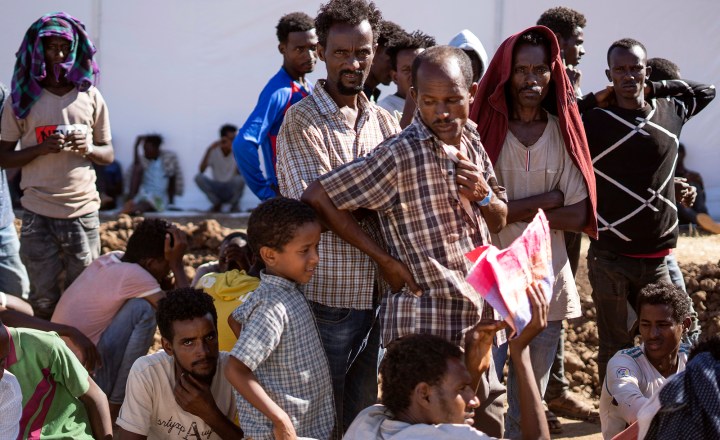
In both cases, Ethiopia and Afghanistan, the speed of the collapse of government forces was (and is) remarkable. The reasons for this are complex, with differences between the two situations, along with some similarities.
Two events stand out for me this year.
The first was on 18 June when I visited Mekelle, the capital of the Ethiopian province of Tigray. Ethiopian Airlines had resumed a scheduled flight service after the rebels of the Tigrayan People’s Liberation Front (TPLF) had retreated into the hills in the face of an invasion by the Ethiopian National Defence Force (ENDF) at midnight on 3/4 November 2020.
The war came after months of simmering tensions between the government of Prime Minister Ahmed Abiy and the TPLF, which refused to join his new Prosperity Party, a successor to the ruling Ethiopian People’s Revolutionary Democratic Front (EPRDF), which had ruled Ethiopia since the collapse of the Marxist Derg regime in 1991.
I took a (very) battered taxi around Mekelle, which had to be bump-started, the driver always positioning it carefully on a slope whenever we stopped. “No parts”, he said of the ancient Toyota, though no money was a more likely reason, given its state. The driver filled up from small bottles of petrol bought on the side of the road, two litres at a time, literally a hand-to-carburettor existence.
My meetings with the UN humanitarian office and the university done and dusted, and having successfully stayed out of the way of the ultra-aggressive ENDF patrols, I made my way back to the airport for the return to Addis. There I stopped at a small kiosk selling Tigrayan trinkets. Business had been “very slow”, said the assistant, “since the war”. Having bought something which I explained was for my daughters, he thrust two small wooden crucifixes into my hand. “These are for your children,” he insisted, “since you have been kind to me. Thank you.”
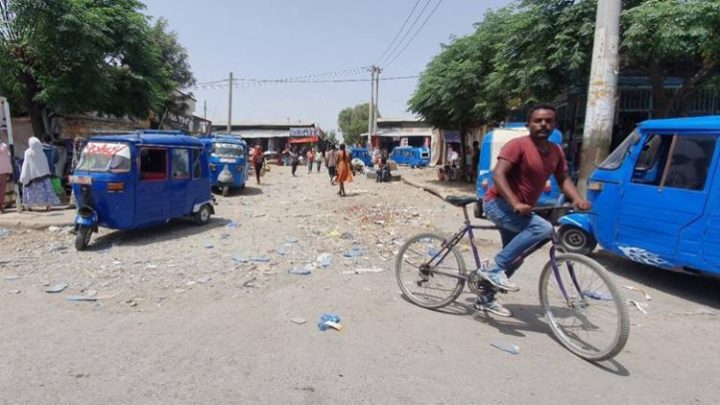
Life in Mekelle. (Photo: Greg Mills)
Prime Minister Abiy had declared the war against Tigray to be over on 28 November with the fall of Mekelle to his ENDF, working in conjunction with Amhara “special forces” militia and, though denied at the time, Eritrean troops.
Just 10 days after I was in Mekelle, the rebel Tigray Defence Force (TDF) retook the city and advanced across the Tigrayan borders into the Amhara and Afar regions. Since then, TDF military gains have increased in tempo from steady to rapid.
In spite of Abiy’s latest attempt to launch an offensive against the TDF this October, today the rebels are less than 350km from Addis Ababa, threatening to cut the capital’s trade lifeline with the port of Djibouti to its northeast. This led Abiy to declare the State of Emergency this week, calling on residents to take up arms to defend the city against the rebels’ advance which was, he said, “pushing the country to its demise”.
***
In early July, I was in the province of Bamiyan, Afghanistan. I went there to meet the governor and to film near the Buddha statues which were infamously blown up by the Taliban in 2001 after declaring that they were unacceptable “idols”. I was working in the Arg, the Presidency, as part of an attempt to determine a fast-track method for regional peace — an effort best summarised as “too little, too late”.
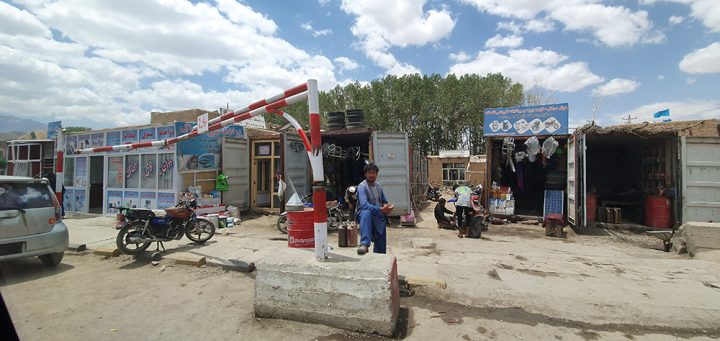
Life in pre-Taliban Bamiyan.(Photo: Greg Mills)
In Bamiyan, near the foot of the cavern that once housed the largest statue, the 55m Solsol, was a shop selling, again, local crafts. In charge of the contents of the 7m container was a young Hazara woman, aged 17. It didn’t take much imagination to contemplate her future under the Taliban; for one, she would, on the Islamic movement’s prior record, not be allowed to leave home alone, let alone conduct commerce unveiled, as she was.
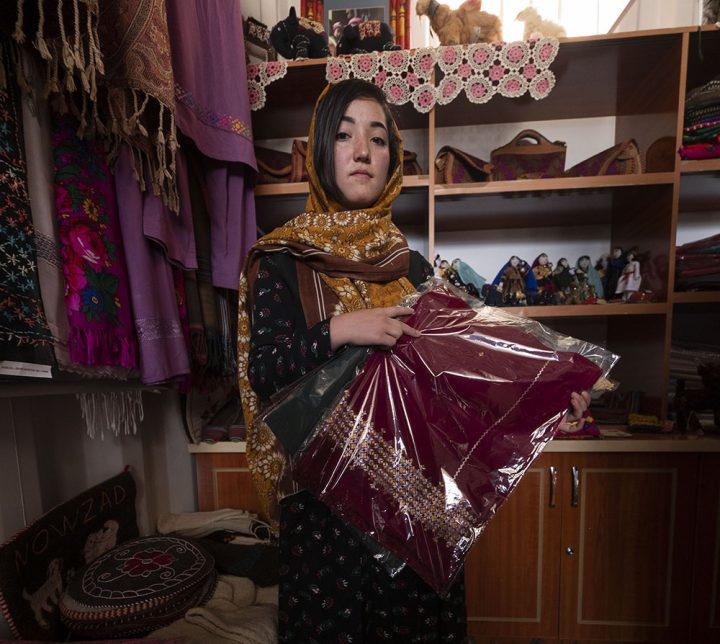
(Photo: Richard Harper)
In Afghanistan, just the following month, the 400,000-strong armed forces and police collapsed in the face of a Taliban advance. Between 9 July, when we left Kabul, the Taliban’s control of districts was at 90 out of 398; by 16 August, all bar seven districts were under Taliban authority. By 31 August, it was all over; the US and its allies had left, and the Taliban was in charge.
In both cases, Ethiopia and Afghanistan, the speed of the collapse of government forces was (and is) remarkable. The reasons for this are complex, with differences between the two situations, along with some similarities.
In Afghanistan, despite the numbers of government forces, at least on paper, much of the fighting was done by a small number of special forces, around 10% of the total. A combination of their exhaustion, malign regional actors (if for different reasons) in both Iran and Pakistan, an inability to manage Afghan materiel resupply by air, and the suddenness of the US pullout (the nadir of which was the departure from Bagram Air Base in the middle of the night on 2 July without informing their Afghan allies), reinforced a self-fulfilling prophecy of collapse, as one district after another folded.
In the end, the Taliban won the psychological war as much as the military contest.
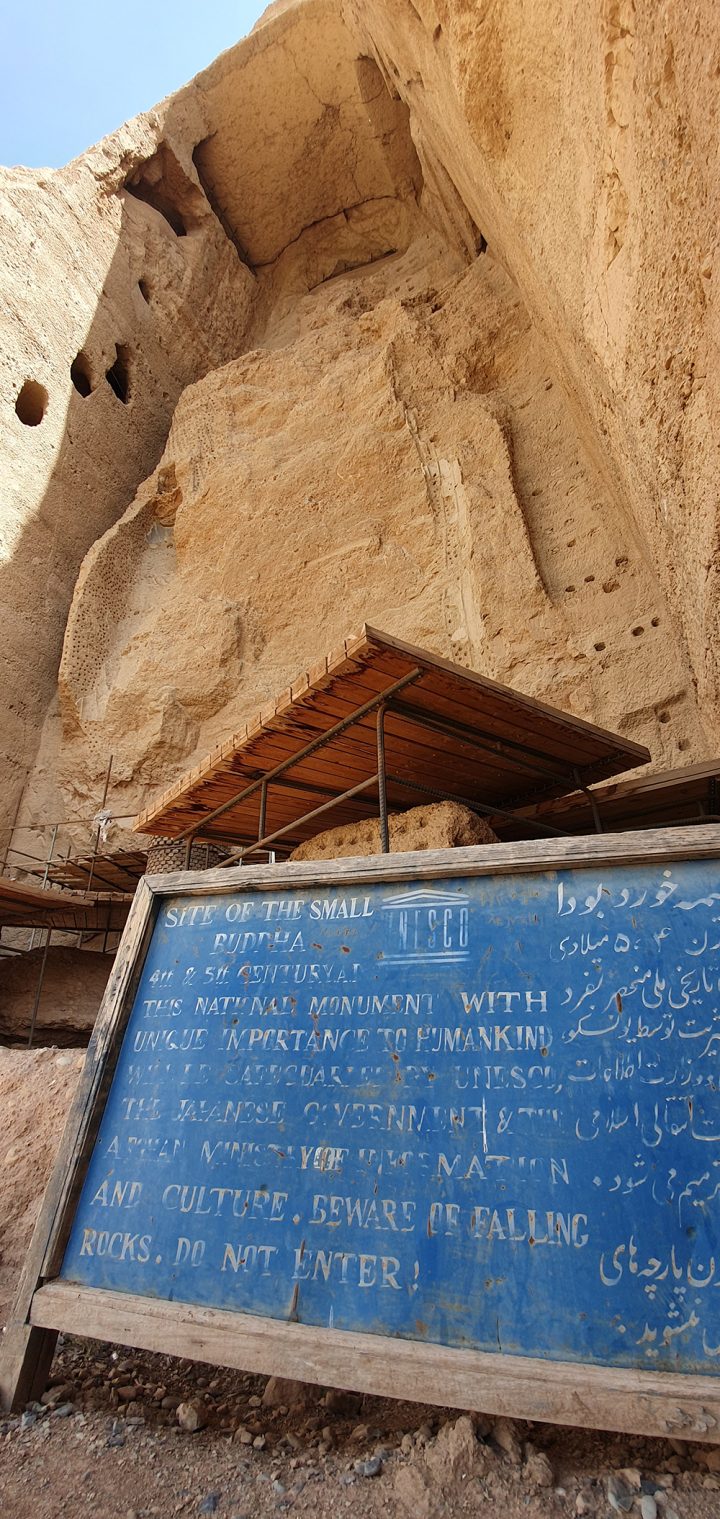
The empty cavern of Shamama at Bamiyan. (Photo: Greg Mills)
In Ethiopia, Abiy’s attempts to bolster his forces by employing Eritreans along with Amharic militia and, latterly, fresh recruits from among the youth and retired soldiers, have served to demonstrate his weakness while scarcely adding to his military capability. Addis Ababa’s military reliance on the national arch-enemy in Eritrea at critical moments has hardly elevated Abiy’s popularity. In Afghanistan, of course, the regime was dependent on external support in the US; when that went away, it collapsed, spectacularly.
The presence of the US also turned the struggle into a regional religious jihad. But the post-Taliban project after 2001 suffered from the strength of the pull of tribal and religious identities over Afghan nationalism.
Ethiopia has faced the same challenges, where internal peace has been rare and the history between different ethnic groups — the Oromo, Amhara, Somalis and Tigrayans among them — less a source of unity than division. One group’s national hero is another’s imperialist conqueror and land grabber.
While government efforts have endeavoured to promote the functioning of a central, federal state through state-led infrastructure and a growing economy, the absence of a national cause at least as coherent (or as existential) as that of the Tigrayans has indubitably shaped their political direction as much as their relative martial prowess. The cause of Ethiopian nationalism has not been helped by widespread inequalities along ethnic, urban-rural and religious lines, frictions heightened by social media. Economic contraction and rising unemployment haven’t helped, now over 29%, with inflation touching 27%.
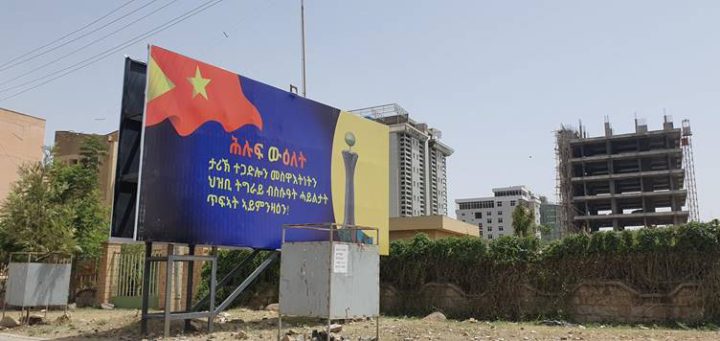
The war in Tigray reflected a failure of leadership on all sides. (Photo: Greg Mills)
While both countries have been brutalised by their experiences, the psychological war is also important. Abiy has lost this battle, just as President Ashraf Ghani did in Afghanistan. In the last major towns to fall, Kombolcha and Dessie, just 350km to the north of Addis Ababa, the ENDF gave up without a fight, getting into their (and other people’s) vehicles and fleeing south. This is partly because the TPLF has proven to be so much better at the media battle, but also because Abiy has not enjoyed a good relationship with the press, not least given the government’s tendency to turn the internet on and off to suit its ends, which has backfired badly. His increasingly belligerent rhetoric, which includes calling on citizens to“bury” the rebels, has undermined his credibility internationally, a perception worsened, ironically, by his award of the Nobel Peace Prize in 2019.
For Ethiopia, as Afghanistan, the components of a negotiated peace include the realisation by the conflicting parties that they have more to gain by ending fighting than continuing with it, that the international community pushes them to the table, and method, timing and leadership.
Both countries have faced a restive region. Kabul’s problems related directly to Pakistan’s support of the Taliban and that was rooted in Islamabad’s relationship with India and with its own domestic tapestry inside Pakistan. Iran had its own interests, centring on the removal of the US at whatever cost.
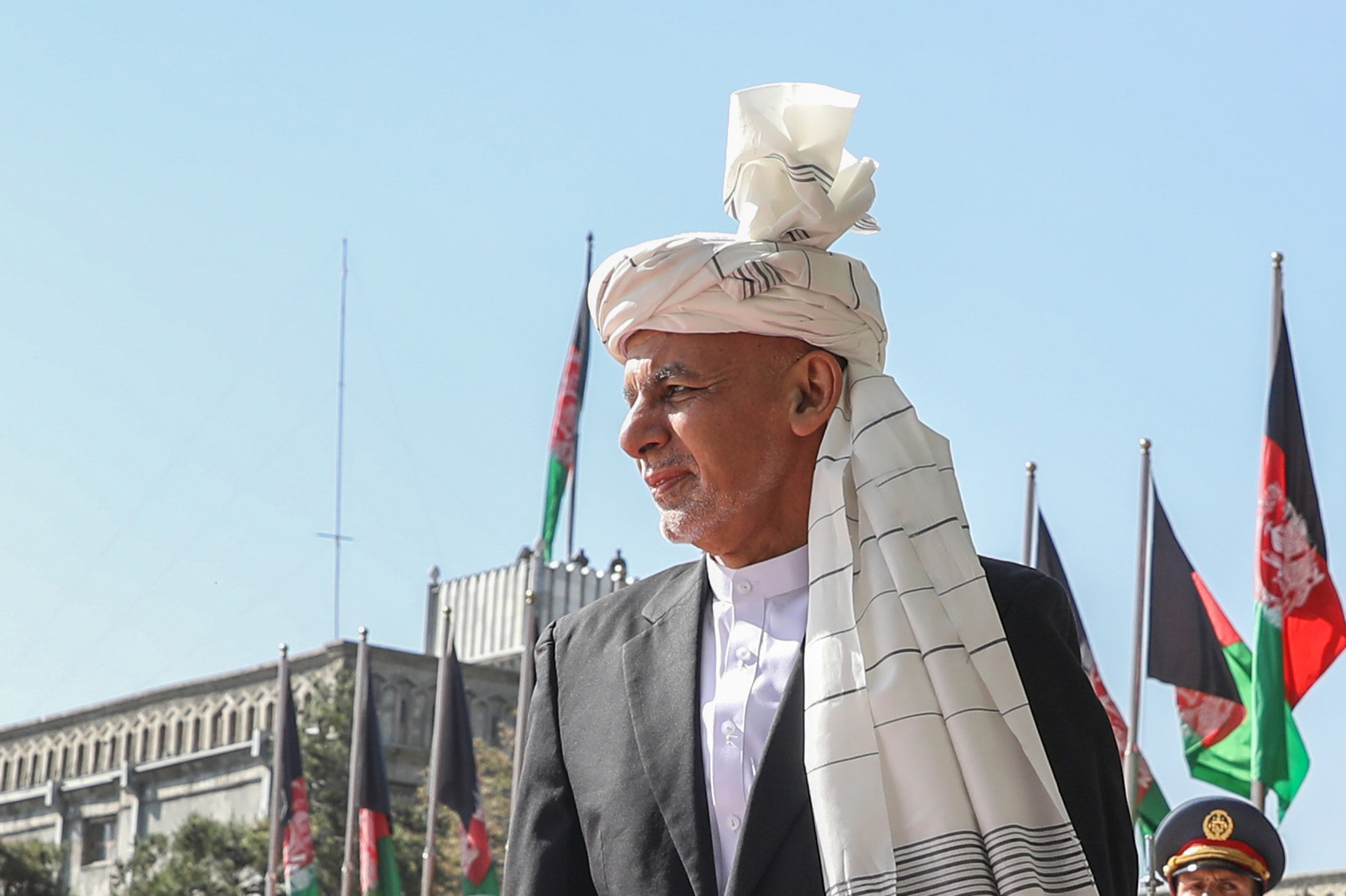
Afghan President Mohammad Ashraf Ghani examines the guard of honor as he attends Eid al-Fitr prayers at the presidential palace in Kabul, Afghanistan, 13 May 2021 EPA-EFE/HEDAYATULLAH AMID
Ethiopia is in the centre of a particularly difficult and increasingly complex region. Sudan has just suffered a military coup (again), where the military component of a joint government removed its civilian counterparts from power, a putsch supposedly supported, inter alia, by Egypt. Both allegedly support the TDF against Addis, not least given mutual fears about Ethiopia’s Grand Renaissance Dam on the Nile. Eritrea’s role is well known, in part because of historical enmities between the Tigrayans and President Isaias Afwerki in Asmara, while Ethiopian troops have reportedly used weapons supplied by China, Turkey and the United Arab Emirates, among others, to strike Tigrayan targets.

Save the Children and Don’t Shoot – omnipresent Land Cruisers and labelling in Mekelle. (Photo: Greg Mills)
And there is the question of leadership failures and frailties.
Ghani failed to consolidate his military forces and give them reason to keep fighting. Abiy has relied on increasingly belligerent rhetoric to inspire dramatic acts of heroism and bravery against the advancing TPLF, one so far unmatched by military training, discipline and, it seems, motivation.
In between bouts of intellectual pomposity, Ghani tried to get a peace process going, but was let down by his US allies, who made peace with the Taliban in Doha in February 2020 while excluding Kabul. Abiy has been far less willing, talking up war rather than peace, not least since any acceptance of a negotiation process would involve tacit acceptance of the status of the opposition, weakening his legitimacy and credibility as the government in place.
The role of the international community in Ethiopia is different, though the country receives more than $5-billion in annual aid. It is not overwhelmingly dependent, as Afghanistan was, on one external actor (in the US), or vulnerable to one malign neighbour (Pakistan). But this does not entirely discount the role to be played by outsiders in urging both parties to the negotiating table through a measure of carrot and stick, including sanctions, and in placing their weight behind African mediation efforts. For instance, if Abiy does not play ball, mention of the rescinding of his Nobel Peace Prize might help to focus his mind.
Abiy so far has lacked strategic nous, reacting to events rather than having a grand plan for peace. Like Ghani, he is a reluctant peacemaker, making concessions only under duress. Both leaders’ handling of the military has been chaotic and amateurish. Abiy’s ethnic profiling of Tigrayans in business, in airport queues and in carrying out atrocities has not only undermined his cause, but ensured deep-seated enmities.
It is said that competent people choose to have smart, challenging folk around them. The Arg became a notorious echo chamber of ideas, Ghani surrounding himself with kinsmen and acolytes, some of whom were notorious for seeking rent through government connections. From all accounts, Abiy lacks the feedback loops that make leaders sensitive to events and receptive to good ideas. But he does not lack for messianic certainty.
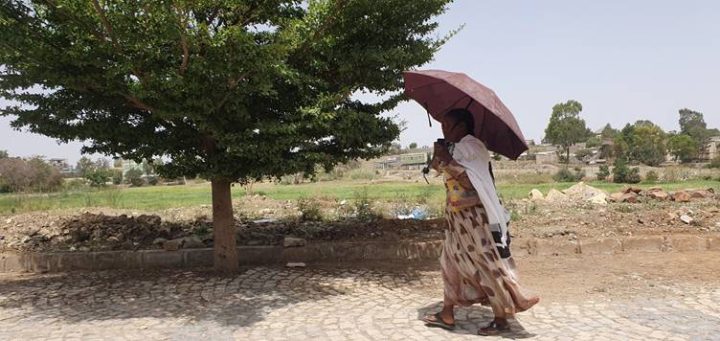
As many as five million people now require food aid in Tigray. (Photo: Greg Mills)
Still, it’s difficult to negotiate a peace settlement from a position of weakness, no matter the level of confidence on the part of leadership. This is a lesson for Abiy as much as it was for President Ghani.
A military stalemate in Ethiopia would now require a stiffening of ENDF resolve and a consolidation of forces hitherto unseen. But it would be necessary if a peace process is to take root, since victorious armies generally don’t see the point in making peace when they are advancing — as the Taliban showed.
The way forward for peace in Ethiopia has to centre, first, on acceptance of a ceasefire by all sides in exchange for various confidence-building measures including the restoration of humanitarian access and services such as banking and electricity to Tigray. Getting to this point, however, demands mediators being allowed to freely travel to Tigray to shop these suggestions, which until now Abiy has been reluctant to do, out of fear of undermining his own position.
Thereafter there is a need for a settlement. Whether this allows Abiy to remain in office is one key question, one that is increasingly unlikely given the brutality of the occupation of Tigray. Any deal will also have to involve Oromia opposition groups, which have linked up with the TDF. This has to entail opening further lines of communication with plausible Oromo intermediaries, some of whom are in jail. Thus, releasing political prisoners would be another confidence-building measure.
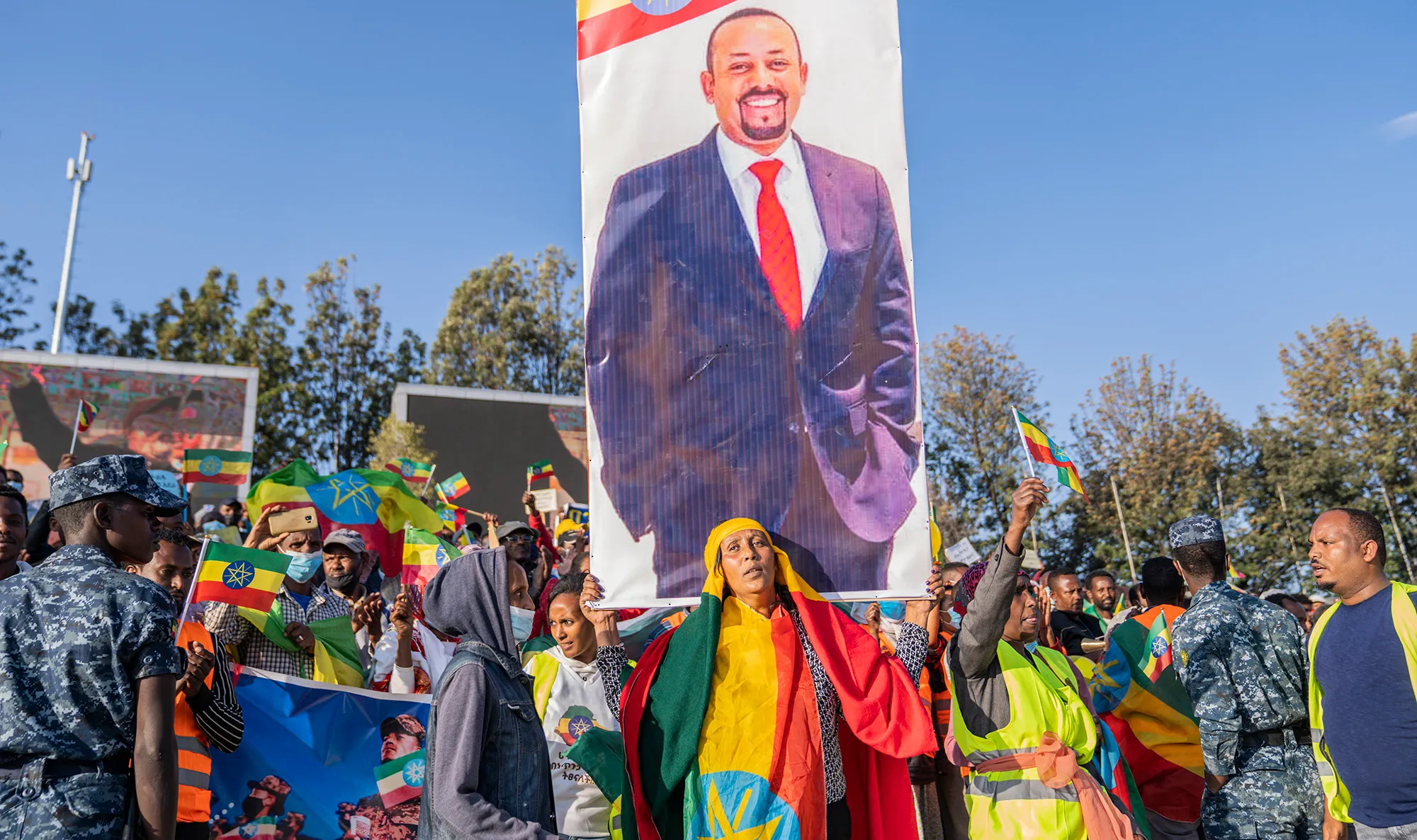
Ethiopians carry a poster of president Abiy Ahmed as they attend a rally in Addis Ababa, Ethiopia, on 7 November 2021, held to show support for the government and the Ethiopia National Defence Force in its efforts against the Tigray People’s Liberation Front and Oromo Liberation Army. (Photo: EPA-EFE / STR)
Finally, all this would have to be thrashed out at some sort of national dialogue, implicit in which is an acceptance by the government that it is prepared to accept and facilitate a peaceful handover. Most likely this would have to be based on a Tigrayan acceptance of a subordinate role that would leave the TPLF in control of Tigray itself, but without major strength in the federal government.
Such a peace process will depend on a coordinated international effort in getting behind an indigenous process, involvement that is willing to hold Ethiopian feet to the fire.
Ghani missed several opportunities to make peace with the Taliban. The most notable was after the 2019 national election, when he was elected with less than 10% of nearly ten million registered voters. If he had used that moment to reset national politics, and to form an inclusive government, how different things might have been.
Abiy, like Ghani, fears that negotiation means equivalence of the cause of the national government with the rebels. So far, his favoured approach to nation-building has only worsened the political crisis, in so doing never failing to miss an opportunity.
Like Ghani, Abiy risks making himself dispensable to the interests of peace. DM
Dr Mills, who recently authored Expensive Poverty: Why Aid Fails and How It Can Work, writes from Ethiopia.

















 Become an Insider
Become an Insider
Comments - Please login in order to comment.